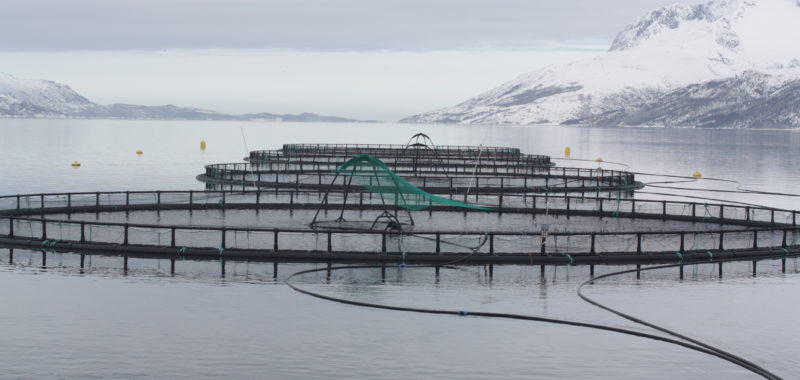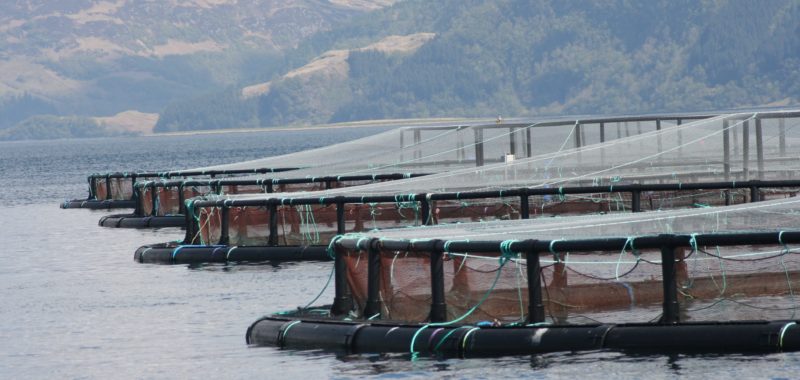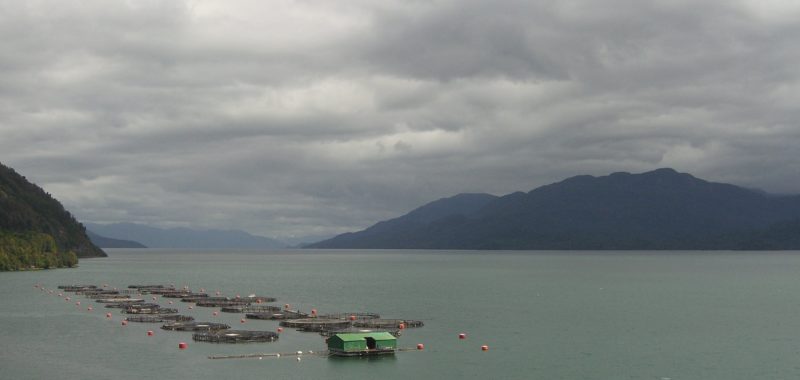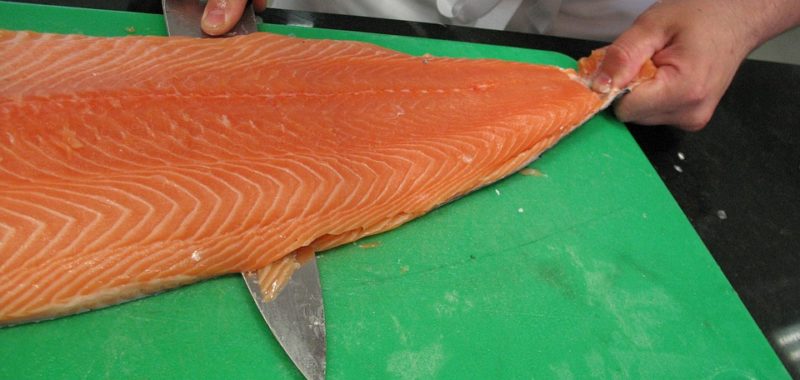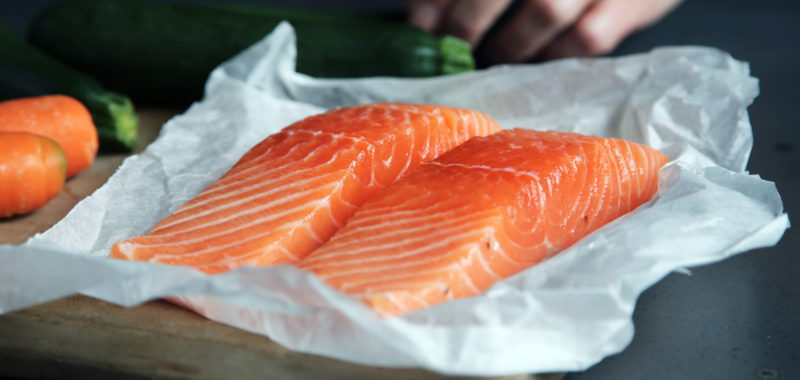Priority Species: Atlantic salmon (imported farmed)
Scientific name: Salmo salar
Overall, the Chilean salmon aquaculture industry uses a substantial amount of chemicals due to its struggle to control disease and sea lice. Antibiotics use is extremely high, with over 380,000 kg used by the industry in 2016 (for comparison Norway’s 2016 total antibiotic use was 212 kg). Nearly 90 percent of this was used to treat the bacterial pathogen, piscirickettsiosis (SRS). There is a growing concern that antibiotics resistance has or will occur.
The Chilean industry uses more parasitcides (i.e. pesticides) to control sea lice than any other salmon farming region in the world. GSI data shows Chilean sites have an average of nearly 10 parasiticide applications per farm. The parasiticide, cypermethrin, has been found in sediment near salmon farms in Southern Chile at levels significant enough to pose a risk to benthic invertebrates. The Scottish and Norwegian industries also regularly use parasiticides. In 2016, the average Scottish farm administered four sea lice treatments (refs here and here) and the average Norwegian farm 1.9 treatments. Treatment resistance by sea lice has been documented for all three regions.
In Atlantic regions, salmon farming poses concerns for wild salmon and trout populations. Sea lice derived from salmon farms have been found to negatively impact wild sea trout (Salmo trutta) Norwegian and Scottish populations. Sea lice also remain a risk to wild Atlantic salmon (Salmo salar). Disease events at salmon farms are also common in both regions; although the extent and impact on wild fish populations remains unknown. Farmed salmon escapees in Atlantic regions poses a significant threat to endangered wild Atlantic salmon populations via crossbreeding which has resulted in genetic degradation of some wild stocks.
Other concerns for all regions include marine mammal deaths and the reliance on wild fish stocks for fish feed. There are also concerns that the Chilean industry has expanded beyond carrying capacity and are posed to move further south into the high conservation value areas of Patagonia.
The only way to eliminate the unnecessary risks to the marine environment is by farming with land-based closed containment systems. Given the ‘closed’ nature of the system, disease events are greatly minimized and sea lice a non-issue. Pesticides are not used, and antibiotic use is typically much lower.
For the current open-net pen industry, a precautionary and science-driven approach to managing the impacts of open-net pen salmon farms on the marine environment should be taken.
Priority should be given in reducing disease outbreaks by vaccine development and use, whilst bringing down the reliance on antibiotics. Incorporating non-chemical preventative tools, such as effective fallowing periods2 and cleaner fish (a natural predator of sea lice), could help reduce dependency on pesticides.
Despite the advances to Chilean government regulations made in recent years, such as the implementation of an area-based management system, the increasing production beyond carrying capacity continues to drive the struggle of sea lice, disease and the chemicals used to combat these. Protection of areas of high conservation value and species of special concern should be sought. Farm sites should be assessed using an ecosystem-based assessment to determine appropriate carrying capacity.
Aquaculture section of SeaChoice website
Chile:
AIDA – Protecting Patagonian Seas From Salmon Farms
Oceana report – Chile’s salmon farms may use more Antibiotics than any other meat industry. That’s a big problem.
Oceana Chile – local NGO
El Centro Ecoceanos – local NGO
Scotland:
Salmon and Trout Conservation U.K.
Fisheries Management Scotland
Norway:
Norwegian Veterinary Institute
Common/Market Name
Atlantic salmon
Distribution
Farmed in Chile (largest importer to Canada), Norway, Scotland
Harvest Method
Aquaculture methods: Open-net pen aquaculture
Management Agency
Various
Market Distribution
Global, largely North America. Around 28,000 metric tonnes of farmed salmon was imported into Canada in 2017.
